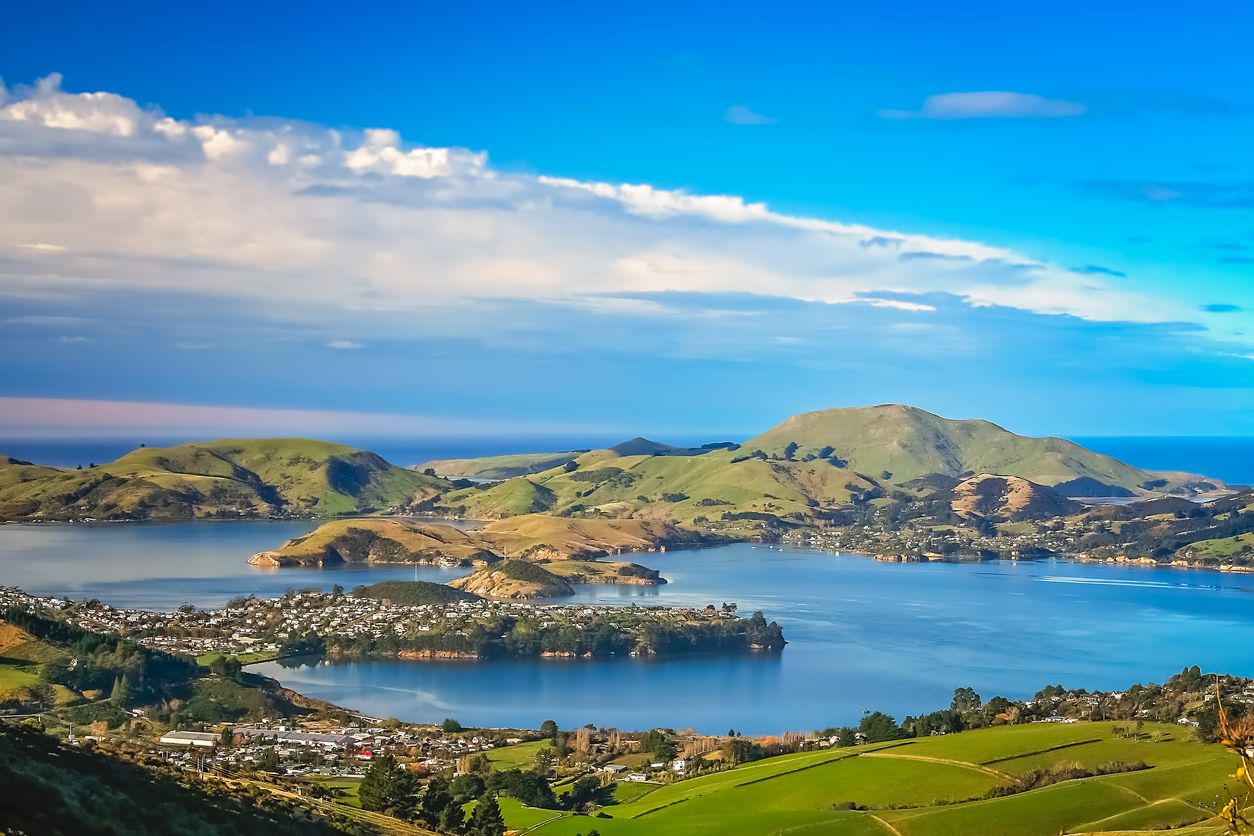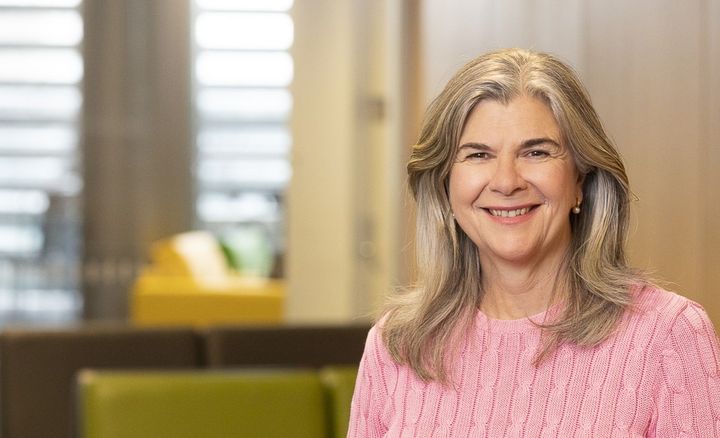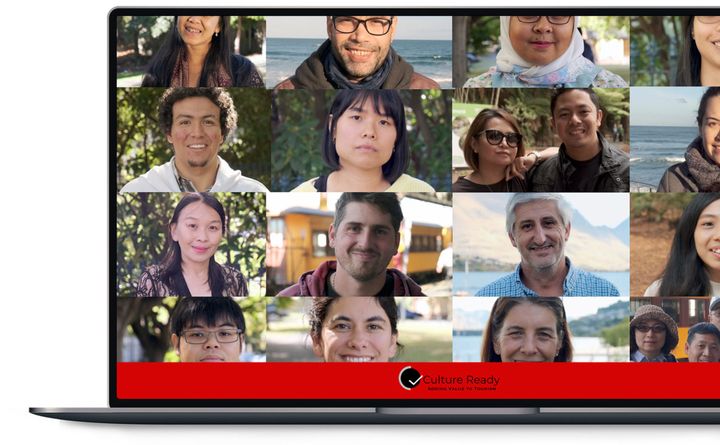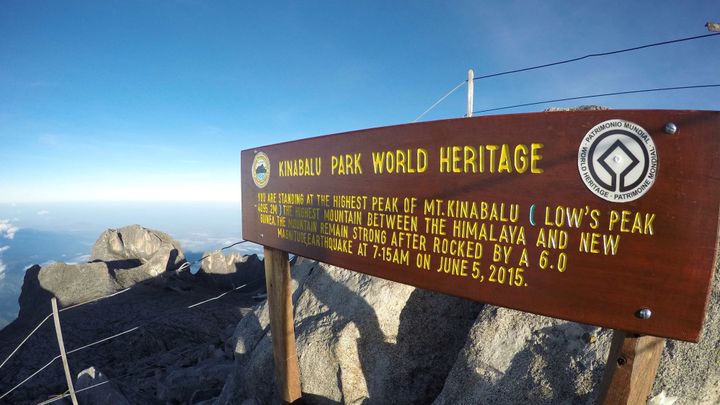Destination marketing: embrace the sojourners
Destination marketers can work with migrants to reimagine their marketing strategies in a way that resonates with potential international tourists and creates a more social, community-driven tourism experience, suggests research about ‘sojourner’ social media.

Destination marketers can work with migrants to reimagine their marketing strategies in a way that resonates with potential international tourists and creates a more social, community-driven tourism experience, suggests research about ‘sojourner’ social media.
The Context
- Visiting friends and relatives (VFR) typically account for a quarter of international travel globally and are an important driver of growth in international travel to New Zealand.
- Research highlights the powerful role of sojourners—migrants who live in a place and share their impressions of it with overseas friends and family—in promoting destinations, especially those outside of ‘iconic’ tourism locations.
- Sojourners’ sensitivity to the culture of their new and original homes can help tourism marketers devise strategies to navigate the influential yet tricky world of social media, according to Dr Marlini Bakri, who researched the social media of sojourners for her PhD thesis, More than words: decoding the influence of user-generated images on visiting friends and relatives (VFR) tourism.
The adage ‘a picture is worth a thousand words’ is especially true in tourism—an industry that has long drawn on the power of carefully crafted images. For decades, photographs of ‘100% pure’ landscapes and the adventures that await us there, have been used by Destination Marketing Organisations (DMOs) to cultivate powerful myths of place. That is, until recently.
Social media has turned this ‘top down’ marketing approach on its head, a phenomenon that Dr Marlini Bakri describes as “terrifying for a marketer.” And she would know, she was one herself. Before undertaking her PhD, the University of Waikato Lecturer in Marketing worked internationally in her native Singapore and the United Kingdom in editorial and marketing.
“I was that person behind the camera lens. I was creating the story, shoots and sets - managing the creative process,” recalls Dr Bakri.
Used to “controlling, sculpting and carefully building the image,” Dr Bakri became fascinated by the unfolding phenomenon of social media. Back in 2016 when she began her research into the value of user-generated content in the tourism industry, marketers were still uncertain about what personal photographs posted on social media could do for, or even to, a brand. Given her interest in imagery as a powerful way to communicate, Dr Bakri was keen to understand this trend.
“It made me reflect on tourism. Would social media help reinforce, or would it destroy the images the brand manager had carefully crafted and put together?”
The power of the sojourner
The tension between controlling stories, and building a more organic and authentic image, is a constant dilemma for destination marketers. They draw on three ways to create stories about ‘what their place is’. Most traditional, and within their control, are paid advertisements and tour operator promotions. These may be beautifully produced and reach many eyes but may have low credibility and even be overwhelming, according to tourism research. News and popular culture, such as films and documentaries, are a second way. The third and more organic way is through friends and relatives; this is where Dr Bakri’s research has revealed ways for DMO’s to understand and harness the social media stories about their ‘place’.
Dr Bakri’s research looked specifically at the power of ‘sojourners’: migrants who live in a place—Wellington, for example— and share their impressions of it with overseas friends and family.
Before social media arrived, such ‘advertising’ had high credibility but short reach. Now, technology spreads the word—or images—deep into communities and networks. These social media posts become a form of electronic word of mouth, stronger for being more than words. And the images themselves, free from industry control, increasingly influence consumers’ travel decisions.
People like Dr Bakri, a self-proclaimed sojourner, are the key to a huge international tourism market of visiting friends and relatives (known as VFR). VFR typically account for a quarter of global travel—possibly more post-COVID—and are “a high yielding and sustainable form of tourism income,” says Dr Bakri. What’s more “it also helps spread tourism receipts deeper into the economy” to places not typically on the tourism route and may alleviate over-tourism in iconic destinations.
More than being just “middlemen for destinations to their friends and relatives overseas,” Dr Bakri has identified migrants and sojourners as “critical online ambassadors sensitive to the culture of the place itself.” Sojourners share online stories of their life abroad so friends and relatives can more deeply understand the place. In this way, the sojourner reduces cultural barriers.
“That’s why sojourners are so powerful” says Dr Bakri. This ambassadorial function via online storytelling is, Dr Bakri argues, the sojourner’s creative capital.
“The images that we post educate the viewer even before the visit itself. We can go back and forth – being a tourist and a resident, being home and away. We blur those lines. Many of our images will be sensitive to the place and capture its essence.”
Re-focusing as we reopen
Dr Bakri’s research poses an important question. Could this culturally sensitive online migrant community help DMOs as New Zealand begins to reopen its borders to international tourists? Dr Bakri believes so.
“I think it’s a good time to rethink and reimagine what tourism could look like. Even rethink the strategies around the messages DMOs are putting across and reflecting on those images and working with those [sojourner] groups.”
A finding that may give some DMOs pause for thought concerns our beloved images of majestic mountains, grand valleys and misty forests. Dr Bakri found that the typical landscape and nature shots of the type pushed by New Zealand’s tourism bodies didn’t rate so highly with the friends of sojourners. Instead, they were more interested in content such as urban and city shots and people enjoying food and dining together. Dr Bakri attributes this to the sample being “younger, wanting to be more active and doing things, and a large percentage of my sample were Asian. I don’t know if that influenced the outcome, but I thought it was interesting.”

Dr Bakri’s research demonstrates that it’s the sojourner who can create content that is relevant and culturally sensitive to both their home and adopted countries, generating messages that are powerful in terms of shaping and showcasing what the destination offers.
“Technology has very much democratised the way in which value can be created or experienced,” states Dr Bakri. The takeaways for the tourism industry are manifold.
“There is a need to provide customers with an opportunity to participate in creating that value, engaging them in positive ways that is mutually beneficial for both the organisation as well as the consumers themselves—being stakeholders of the brand or in this instance the destination itself.”
Adding life to the destination
Looking to the future of New Zealand tourism, Dr Bakri suggests that sojourner-created images could give DMOs and city planners insights into the acculturation process and offer ideas for the creation of communal spaces and events for future VFR tourists. She cites the popularity of social media images of Wellington’s Chinese New Year festival. This is a classic example of how locals and tourists can be brought together to simultaneously celebrate an event, and at the same time create community.
“We know that tourism is a social experience. It’s really interesting how a place comes to life by interacting with the space and the people within that place as well.”
It seems then that what the sojourner can do for the travel industry is something that no other form of advertising or communication can. They bring together all the traditional elements of tourism – landscape, people, food and culture – and unite them in a collective story.
“It’s a story that involves them as well, so it becomes even more authentic, resonating with the people that are viewing it because the context of that relationship also plays a part, as demonstrated by the findings of this research,” says Dr Bakri.
Even after four years of studying the sojourner and their importance in VFR tourism, Dr Bakri remains dedicated to finding out more. “It’s something I want to continue to research because it’s such a huge part of my own identity.” The former editor has found this research “a huge learning curve” taking her far from her background as a marketer of the carefully crafted image, to an innovative researcher of the socially organic one.



